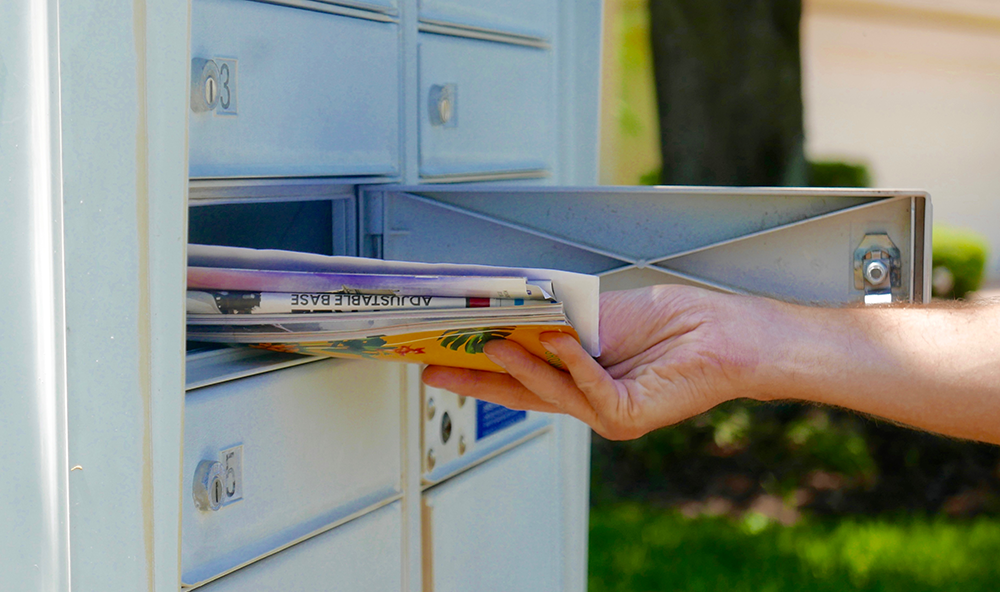
It has been standard practice for the U.S. Postal Service (USPS) to announce bad news right before a holiday, and this Memorial Day weekend was no exception. On May 28, USPS announced proposed rate increases for First Class, Periodicals and Marketing Mail that, in some cases, are seven times the rate of inflation:
– Newspapers that mail their editorial product will see the biggest increase, with the overall average increase for Outside County Periodicals coming in at 8.832 percent and Within County Periodicals at 8.311 percent.
– In Marketing Mail, commercial high-density/saturation mail, which is typically how newspapers’ Total Market Coverage (TMC) products travel through the postal system, the overall average increase is 4.961 percent.
– With Periodicals and Marketing Mail, the rate design proposed by USPS appears to favor destination entry. For example, the rate for a six-ounce saturation TMC that is entered at a Section Center Facility, the per-piece rate increases by 5.12 percent. However, the same piece entered at the Destination Delivery Unit – the local post office – the increase is only 1.92 percent.
– With Outside County Periodicals, which are used by newspapers and regional and national magazines, the rate increases mostly come at the piece rate and appear intended to encourage higher density and destination entry. The new rates continue to encourage mail preparation in trays and especially pallets, which are more efficient to handle.
– Here is a chart of the newly proposed rates that will be of interest to newspaper publishers.
With this rate announcement, USPS is trying to implement a mid-year rate increase after already increasing rates by 1.9 percent, on average, earlier this year. That rate increase, which was done on an annual cycle, fell within the congressionally mandated rate cap that is tied to the Consumer Price Index (CPI), which has averaged 2 percent per year over the last 14 years. That rate cap had kept postage rates reasonable and predictable, incentivizing mailers to stay in the nation’s postal system. However, last November, the Postal Regulatory Commission (PRC) issued an order that allowed USPS to set rates well above the CPI for the purpose of shoring up its financial position and addressing liabilities. Under this new rate authority, USPS would be able to increase rates well above inflation over the next five years.
The Alliance and other mailers are appealing to Congress and the USPS Board of Governors to step in, as these rate increases are unsustainable for mailers and will have the opposite effect of what they intended of simply driving mail and revenue out of the postal system. The Alliance and other mailers are also currently litigating a case that challenges the PRC’s order, arguing that current law does not give the PRC the authority to eliminate the cap, and to do so is a decision for Congress to make, not the unelected regulator. The petitioners also argue that the PRC acted arbitrarily by basing its decision on USPS’s financial condition in December 2017, rather than its condition today.
USPS’s financial condition has actually improved significantly during the pandemic, with the agency realizing better than expected revenue and net income as shown in a recent filing with the PRC. This is most likely due to a recent increase in mail volume as businesses re-open and USPS’s package business has grown during the pandemic. USPS also received a $10 billion grant from Congress at the end of last year, and proposed legislation in the House and Senate would eliminate USPS’s liabilities, saving it roughly $57 billion in liabilities over the next decade. As the decision in the case challenging PRC’s order will come long after these new rates would be implemented, the Alliance is encouraging policymakers to amend legislation and require the PRC to revisit its decision with a time-limited review examining the effects of the pandemic. A new evaluation using more recent data would provide a more accurate picture of USPS’s finances, as well as assess business mailers’ intentions to remain customers of the Postal Service or seek alternatives.
The proposed rate increases have been filed with the PRC and a public comment period will occur over the next 30 days. If approved in July, the new rates will go into effect on August 29, 2021.
